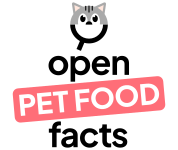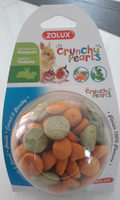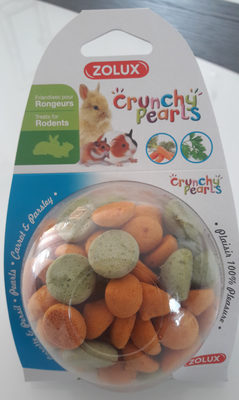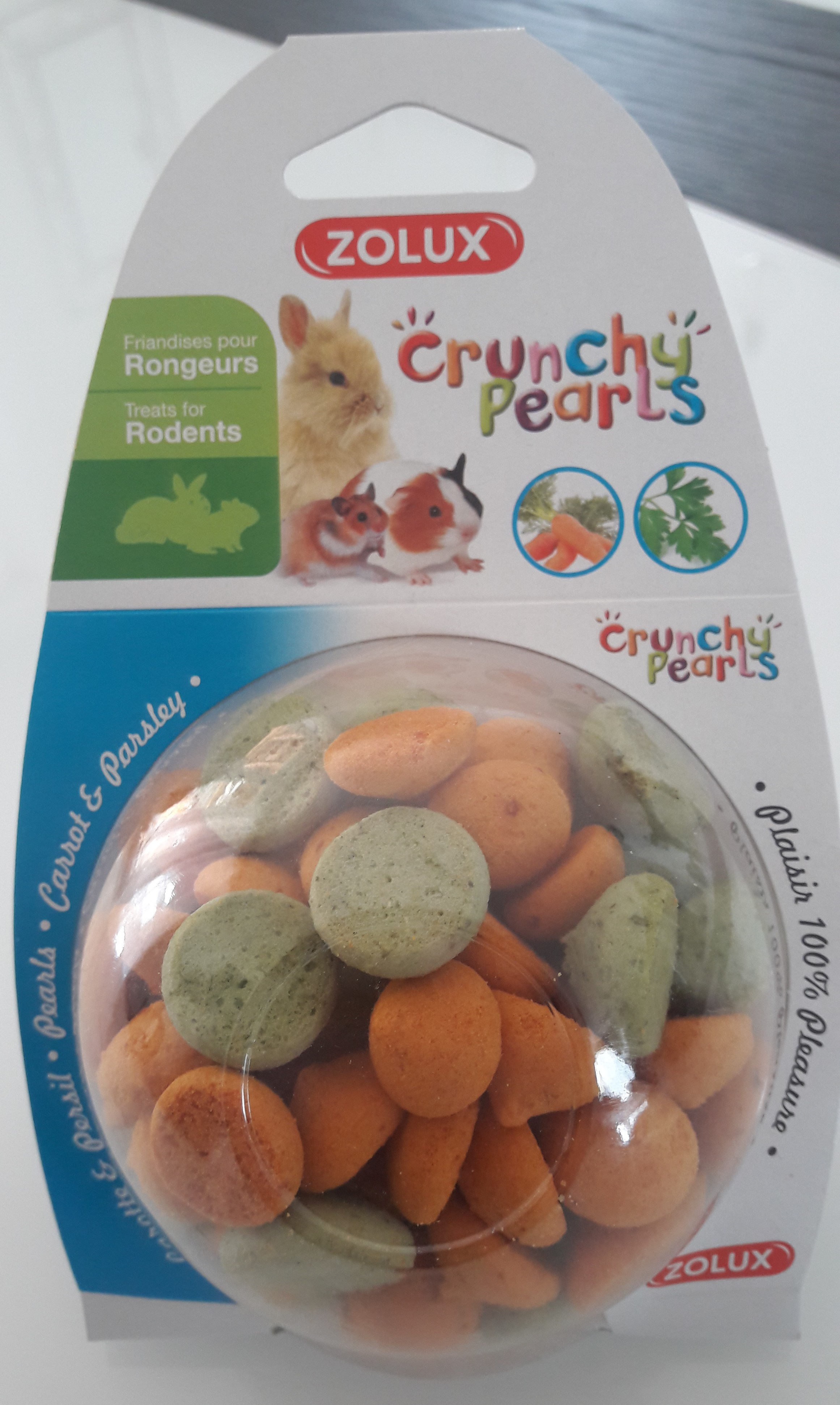Crunchy Pearls - Zolux - 45g
Barcode: 3336022092677 (EAN / EAN-13)
Product characteristics
Quantity: 45g
Brands: Zolux
Categories: Non food products, Open-pet-food-facts, Pet food
Manufacturing or processing places: Europe
EMB code: EMB 17415C - Saintes (Charente-Maritime, France)
Link to the product page on the official site of the producer: http://www.zolux.com/qrcode/
Countries where sold: France
Ingredients
→ Ingredients are listed in order of importance (quantity).
Substances or products causing allergies or intolerances: Eggs, Gluten
Ingredients analysis:
en:palm-oil-free en:non-vegan en:vegetarian
→ The analysis is based solely on the ingredients listed and does not take into account processing methods.
Nutrition facts
Comparison to average values of products in the same category:
(763 products)(789 products)
(1704 products)
→ Please note: for each nutriment, the average is computed for products for which the nutriment quantity is known, not on all products of the category.
| Nutrition facts | As sold for 100 g / 100 ml | Open-pet-food-facts | Non food products | Pet food |
|---|---|---|---|---|
| Energy (kJ) | ? | ? | ? | ? |
| Energy (kcal) | ? | 21 kcal | 20 kcal | 42 kcal |
| Fat | ? | 8.54 g | 8.62 g | 8.86 g |
| Carbohydrates | ? | 6.21 g | 6.81 g | 4.82 g |
| Proteins | ? | 17.8 g | 17.8 g | 19.2 g |
Product added on by openfoodfacts-contributors.
Last edit of product page on by sebleouf.
Product page also edited by sohana.







